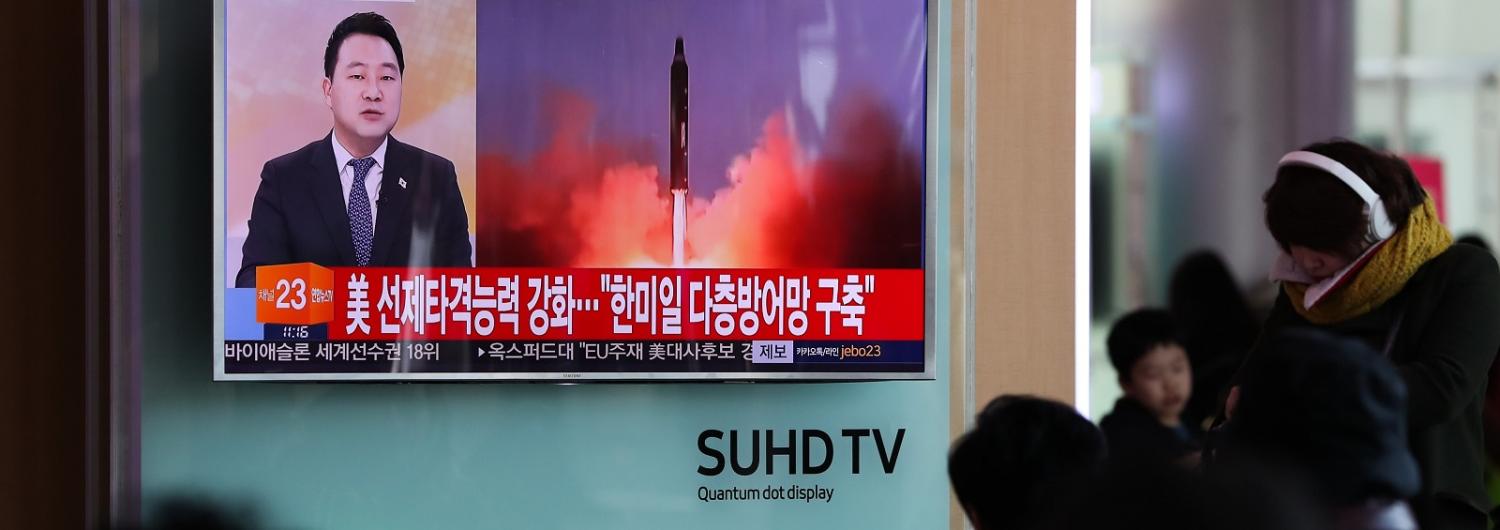The recent ballistic missile test by North Korea leaves plenty of issues for dissection. One obvious aspect to consider is the timing, which was clearly designed to send a political message to both the United States and Japan. The technical issues are more complex. Scrutinising the North Korean missile program has grown more difficult over the past year which saw rushed launch campaigns of several missiles in a short period. This defied the normal pace of engineering tests, and suggested political interference. It allowed essentially no time for engineers to examine successive launches and make modifications before the next.
Politics has clearly influenced this latest launch, but this time it has not clashed so obviously with engineering considerations. North Korea has made a political statement and conducted a major engineering test at the same time, with no conflict between the two objectives.
At the time of writing, details on this latest launch are sketchy, and that will probably remain the case for at least a few days. But it seems clear that a large solid-fuel stage was used for this launch. That’s critical. North Korea has used solid-fuelled missiles for years, but they have been at the smaller end of the missile scale. Their larger missiles have used liquid fuel, which offers more power and range. That’s why satellite launchers mostly use liquid fuel.
The downside of liquid fuel is that it requires complex handling, and fuelling a missile takes time. The corrosive fuels used in North Korea’s missiles can’t be stored inside the missiles for extended periods. While the missile is being fuelled, it’s a sitting duck for attackers.
The ballistic missiles of the US and other countries with modern arsenals use solid fuel. It’s ready to launch at short notice. That time difference can make the difference between success or failure.
Thus, it seems that North Korea is modernising its missiles, which makes them easier to store and launch. It also makes them more dangerous as first-strike weapons. This will affect the calculations of generals and heads of state in planning attacks. Pre-emptive attacks will seem more attractive.
